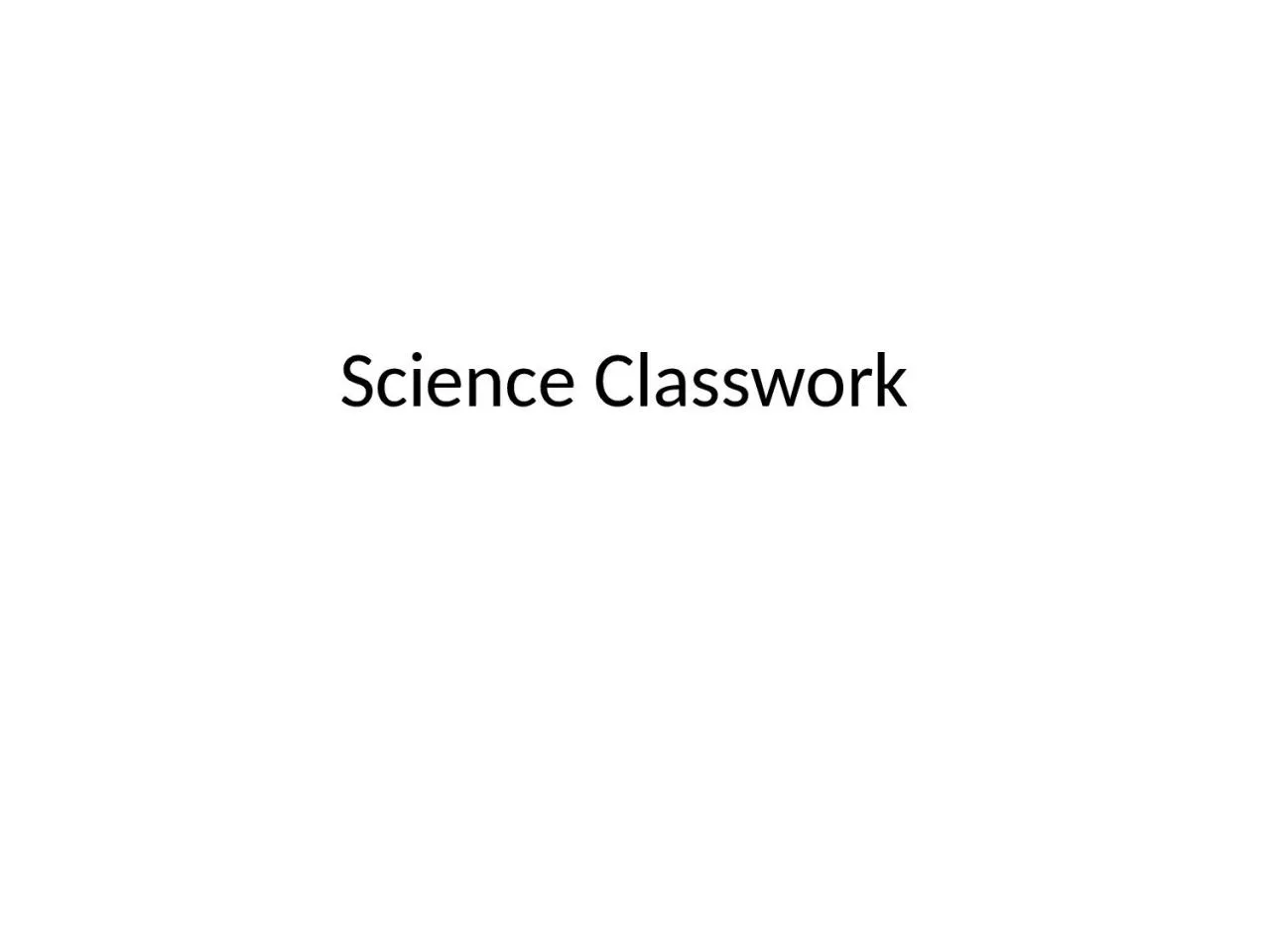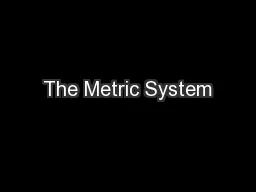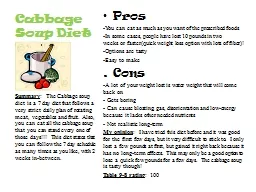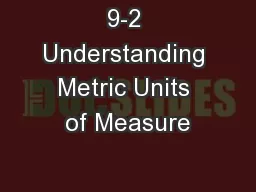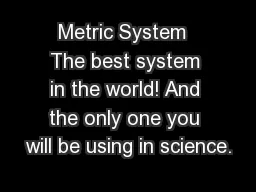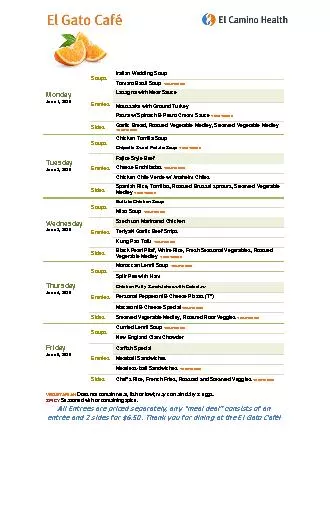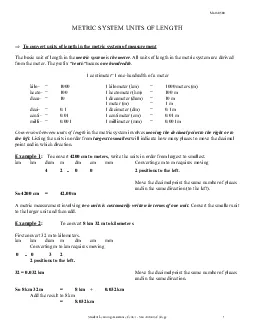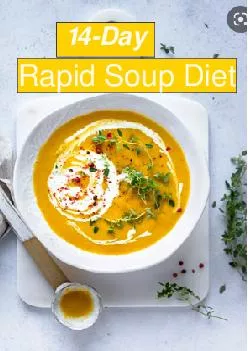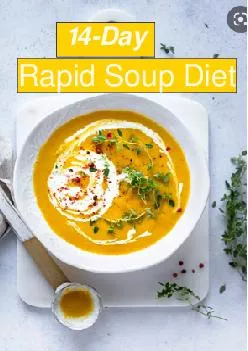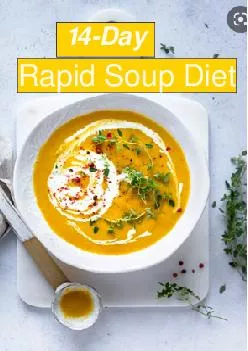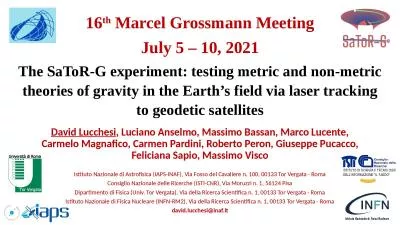PPT-Science Classwork Metric Soup 9/13/2013
Author : anya | Published Date : 2024-02-02
Ingredient Amount mL mg Instructions create the nastiest grossest most horrendous soup possible List your ingredient in the first column the amount of each ingredient
Presentation Embed Code
Download Presentation
Download Presentation The PPT/PDF document "Science Classwork Metric Soup 9/13/2013" is the property of its rightful owner. Permission is granted to download and print the materials on this website for personal, non-commercial use only, and to display it on your personal computer provided you do not modify the materials and that you retain all copyright notices contained in the materials. By downloading content from our website, you accept the terms of this agreement.
Science Classwork Metric Soup 9/13/2013: Transcript
Download Rules Of Document
"Science Classwork Metric Soup 9/13/2013"The content belongs to its owner. You may download and print it for personal use, without modification, and keep all copyright notices. By downloading, you agree to these terms.
Related Documents

